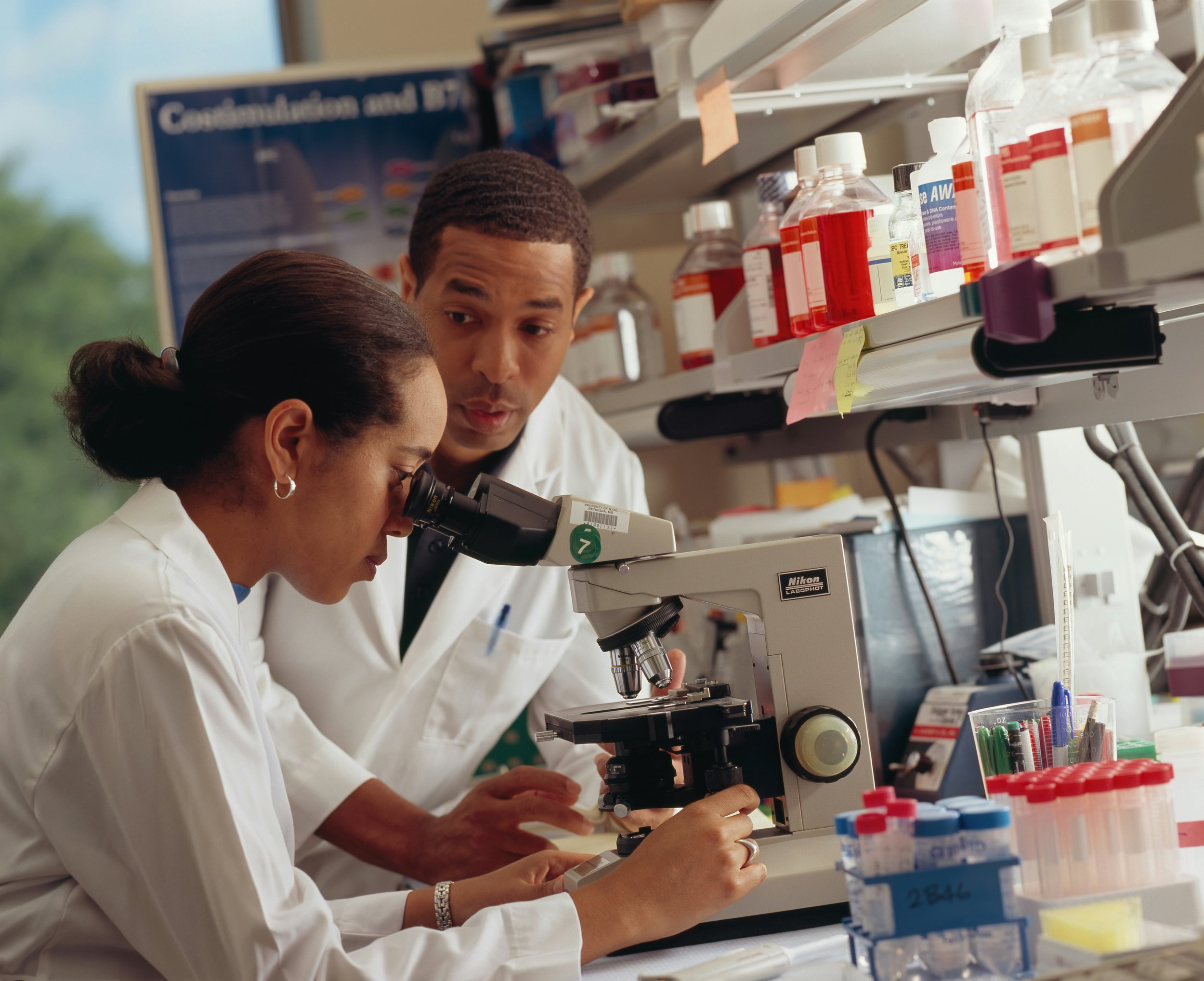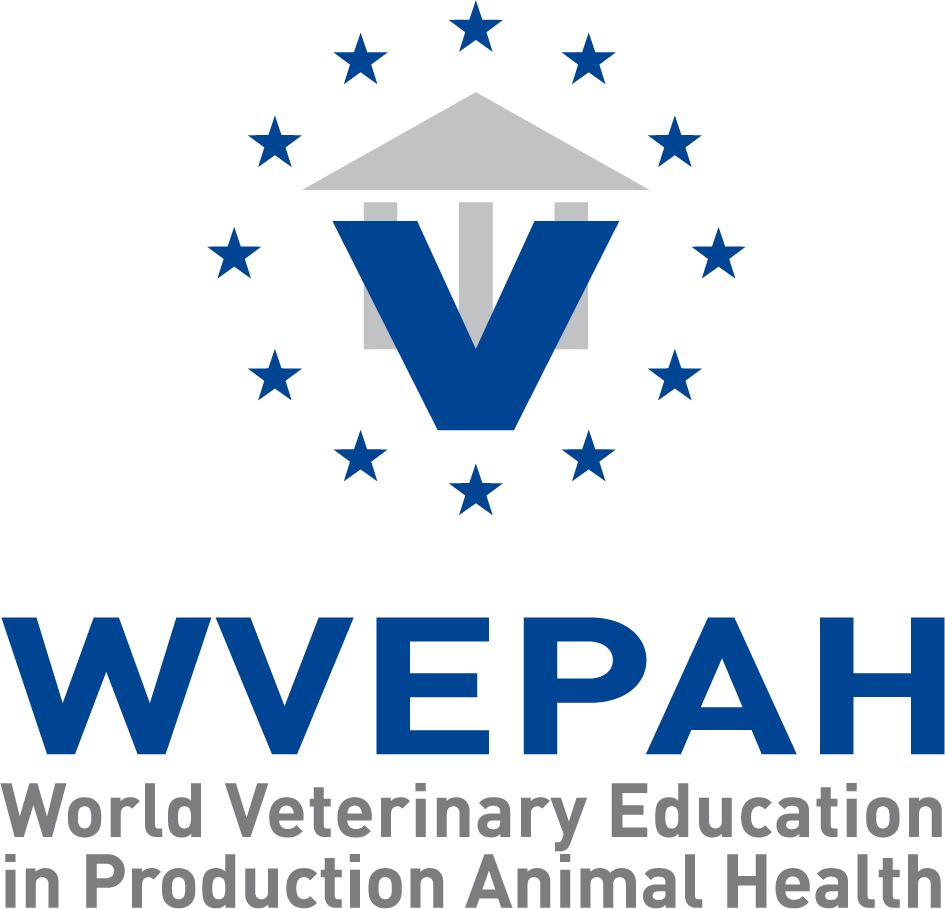
Module II : Specialization Commercial Layers
Early Bird Registration
〰️
Until April 30th
〰️
Early Bird Registration 〰️ Until April 30th 〰️
Online part
-
The course offers 5 full immersion days in collaboration with UNMSM in Lima, Peru, and 44 hours of pre-recorded lectures by various recognized masters in the poultry field.
The usual course structure begins with the virtual phase followed by attendance at the in-person course. However, there is the possibility of customizing the course if any student requires a later incorporation to the in-person course.
The exam will take place online a few weeks after the in-person course.
Minor changes to this program may be made.
-
Early Bird Registration : Take advantage of our special offer of 2350 EUR (regular price 2500 EUR) by registering and completing payment before April 30th, 2024.
The course includes access to the course material, the exam administered by Université de Montréal, and membership in the Facebook private group. Additionally, it covers dinners and two coffee breaks per day during the residential week. Please note that the price does not include accommodation, transport, health insurance, or travel visa.
-
Spanish
March 30th to December 2rd, 2024
Residential part
September 23rd to 27th, 2024
Lima, Peru
In Universidad de San Marcos , Lima, Peru
-
6 HOURS
Key Points in Rearing and Production:
Preparation of the house/shed
Sanitation and maintenance of drinking water pipelines
Water quality
Development of pullets (density, feeding, feeding space and presentation, temperature goals, body weight and uniformity goals, use of paper, lighting, air quality, etc.)
Challenges in early viability
Non-starters
Dehydration
Effects of chick cooling
Effects of chick overheating
Aspergillosis
Omphalitis and yolk sac infection
Pseudomonas
1 HOUR
Clinical Cases
-
2 HOURS
Lighting Programs:
Lighting programs in open houses
Lighting programs for closed house systems
Managing feed consumption to improve body weight, egg size, viability, and egg production
3 HOURS
Calcium and Phosphorus Metabolism in Commercial Layers:
Principles of feeding in layers and nutrition for veterinarians
2 HOURS
Clinical Cases
-
7.5 HOURS
Field Visit: Poultry Farm, Factory
-
4 HOURS
Vaccinology in Commercial Layers:
Avian vaccines, viral and bacterial vaccines, recombinant vaccines
Example vaccination programs
Vaccination equipment and vaccination in the incubator
Vaccination equipment and vaccination in rearing
Vaccination equipment and vaccination in production
Introduction to mRNA vaccines
1 HOUR
Clinical Cases
1 HOUR
Roundtable and Update:
Avian Influenza & Biosecurity
Animal Welfare
1 HOUR
Clinical Cases
-
5 HOURS
Sampling and Laboratory Analysis
Practical work: parasites
1 HOUR
Clinical Cases
1 HOUR
Analysis of Clinical Cases
How to valorize the WVEPAH program
Daily Program
-
7 hours
Bacterial infections
-
10 hours
Introduction to the global egg industry
Egg production systems
Egg quality and grading
Biosecurity in egg production
Pest control
Positive and negative aspects of cage-free egg production systems
Artificial intelligence in poultry farms
Factors affecting the sustainability of egg production
-
3 hours
Toxic problems in commercial layers
Calcium toxicosis
Sodium toxicosis
Ionophore toxicosis
CO2 and CO intoxication
Sulfur
Pesticides
Mycotoxins
Beak conditioning
Behavioral problems in commercial layers
Basic pharmacology in egg production
Nutritional and metabolic problems:
Imbalances and deficiencies (Na deficiency, choline deficiency, Ca deficiency and osteoporosis, P deficiency, deficiencies of vitamins and trace minerals)
Visceral and articular gout and renal problems
Reproductive system diseases
False layers
Cloacal prolapse
Cloacal pecking
Cloacitis
Salpingitis and peritonitis due to yolk retention
-
2,5 hours
Physiology of egg production
Anatomy and physiology of the reproductive tract
Integument and mucous membranes
Avian pox
Ulcerative dermatitis
Feather problems
Eye notch
Trauma
Musculoskeletal problems
Pododermatitis in chickens
Avian influenza
The disease
Mexican experience with AI in laying hens (eradication and vaccination)
-
4 hours
Bacterial diseases and mycoplasmosis
Avian cholera (pasteurellosis)
Gallibacterium anatis
Infectious coryza (Avibacterium paragallinarum)
Mycoplasma gallisepticum and M. synoviae
Spotty liver (Campylobacter hepatica)
Botulism
Liver problems in laying hens
Fatty liver hemorrhagic syndrome
Infection with hepatitis E virus (BLS)
Inclusion body hepatitis
Post-bacterin hepatitis
-
7 hours
Communication strategies in case of health emergency, both external and internal
Internal and external parasites
Cestoes
Nematodes
Hemoprotozoa
Lice, mites, fleas
Enteric diseases
Animal welfare
-
13 hours
Immunosuppressive and neoplastic diseases:
Marek's disease
Avian infectious anemia
Reticuloendotheliosis
Avian leukosis
Sarcoma complex
Mycotoxicosis (immunosuppressive effect)
Infectious bursal disease (Gumboro)
Newcastle disease
Infectious bronchitis
Infectious laryngotracheitis
Egg drop syndrome (EDS)
Avian metapneumovirus infection
Peripheral neuropathy
-
13.5 hours
Visita de campo: Granja avícola, fabrica
Muestreo y análisis de laboratorio
Trabajos prácticos: parásitos
-
11 hours
Puntos clave en la crianza y la producción
Preparación de la caseta/galpón /
Saneamiento y mantenimiento de las tuberías de agua de bebida / Calidad del agua /
Desarrollo de las pollitas (densidad, alimentación, espacio de alimentación y presentación de alimentación, objetivos de temperatura, objetivos de peso corporal y uniformidad, uso de papel, iluminación, calidad del aire, etc.)
Retos en la viabilidad temprana
No iniciadores (non starters) / Deshidratación / Efectos del enfriamiento de las pollas / Efectos del sobrecalentamiento de las pollas / Aspergilosis / Onfalitis e infección del saco vitelino / Pseudomonas
Programas de iluminación
Programas de iluminación en casetas abiertas / Programas de iluminación para sistemas de casetas cerradas / Manejo del consumo de alimento para mejorar el peso corporal, el tamaño de los huevos, viabilidad y la producción de huevos
Casos clínicos

